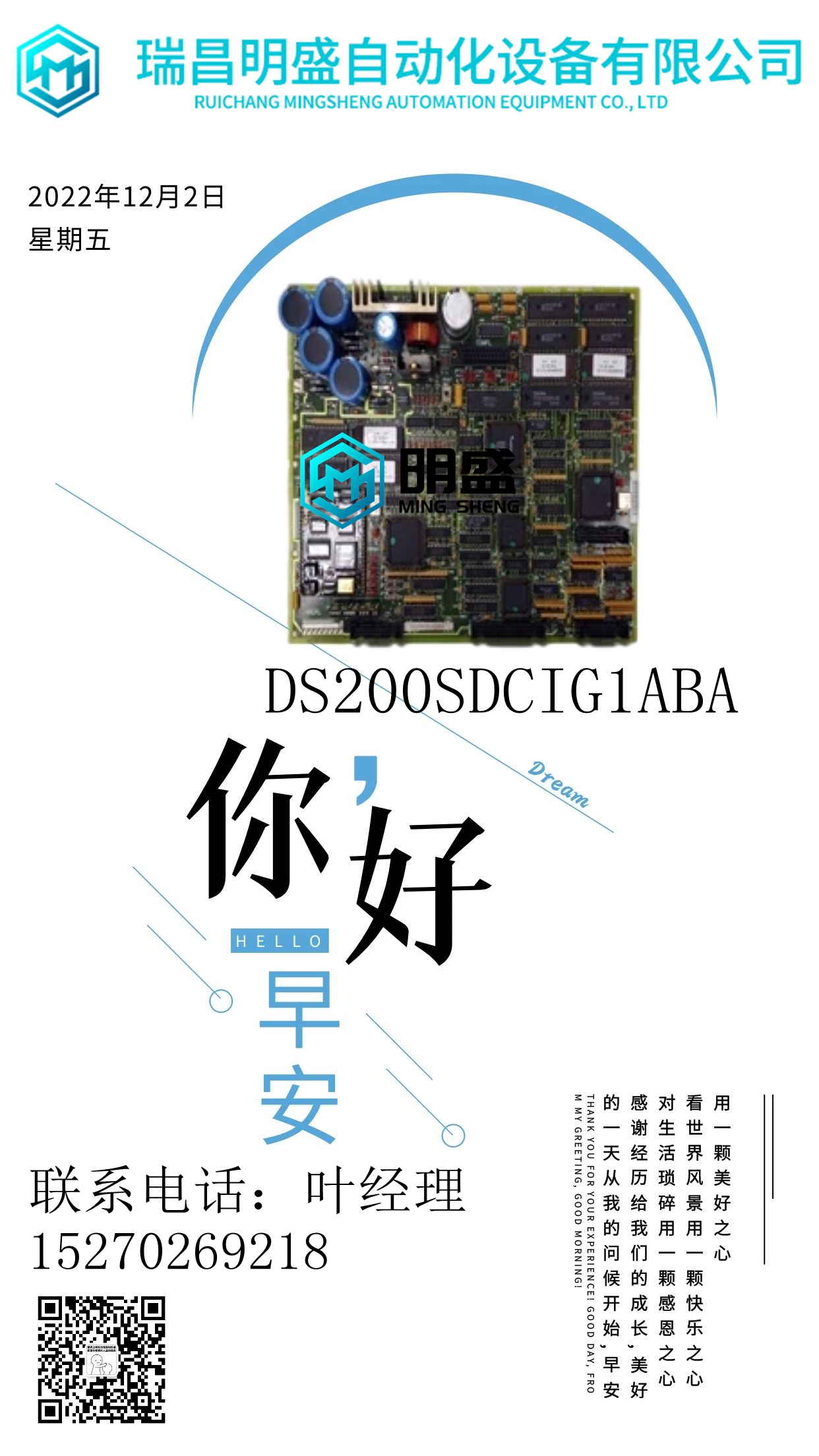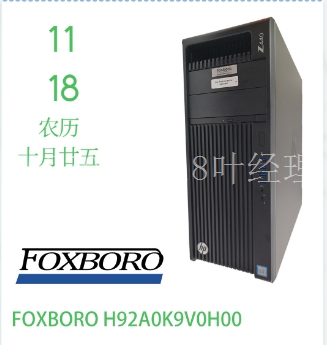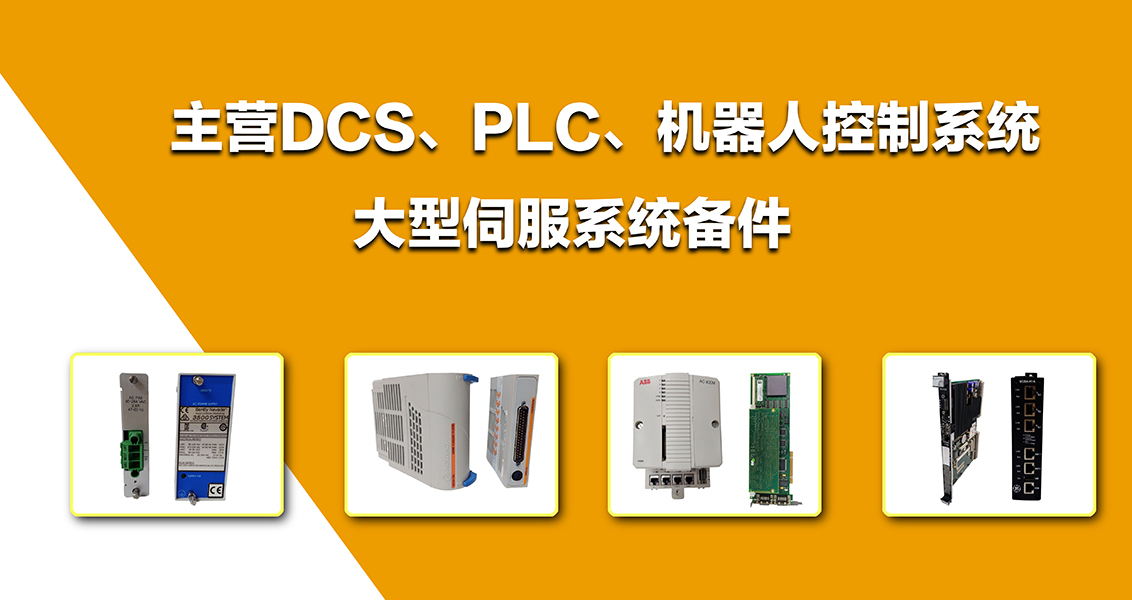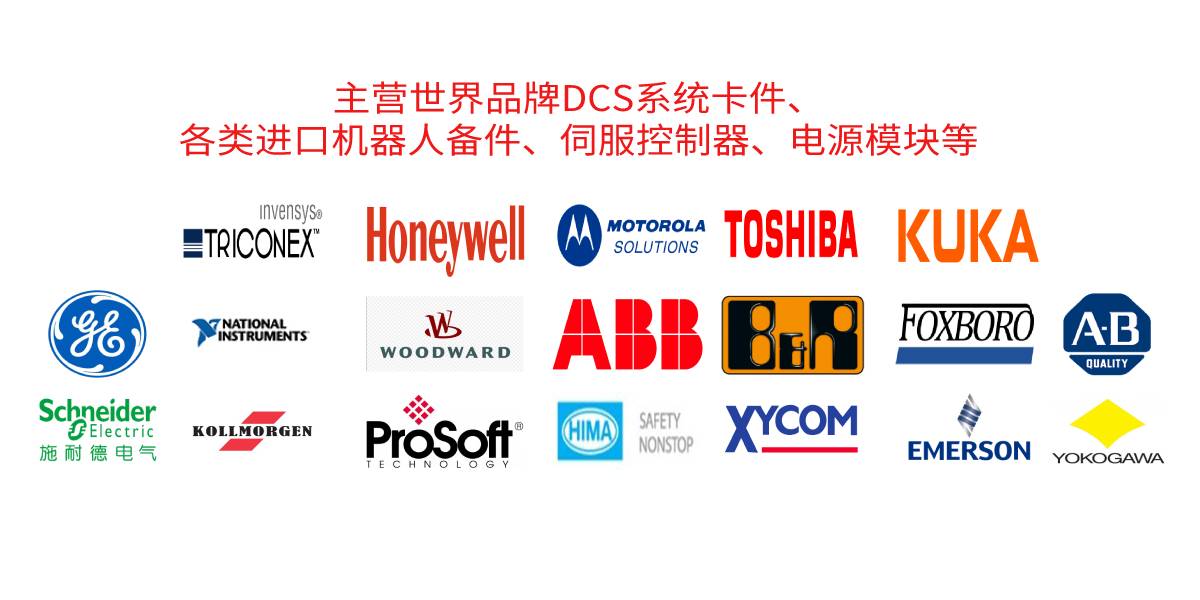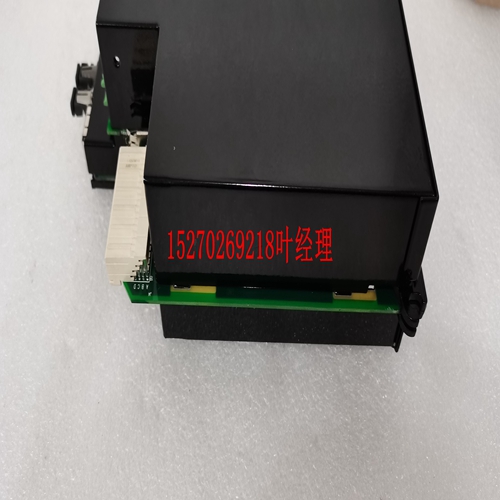IS200BICIH1ADB DCS模块卡件,工控自动化卡件
32个继电器。合适的电缆应具有120的特性阻抗Ω (例如Belden#9841)和总电线长度不应超过4000英尺。商用中继器将允许传输距离大于4000英尺。通信链路远端之间的电压差并不罕见。因此,浪涌保护装置内部安装在所有RS485终端上。在内部,使用带有光耦合数据接口的隔离电源来防止噪声耦合。为了确保菊花链中的所有设备都处于相同的电位,每个RS485端口的公共端子必须连接在一起,并在主设备处仅接地一次。否则可能会导致通信中断或失败。源计算机/PLC/SCADA系统应在内部或外部安装类似的瞬态保护装置,以确保最大的可靠性。如下图所示,仅在一点接地屏蔽,以避免接地回路。正确的极性也很重要。469必须连接所有“+”端子和所有“–”端子。每个继电器必须菊花链连接到下一个继电器。避免星形或短线连接配置。菊花链两端的最后一个设备应以120Ω ¼瓦电阻器与“+”和“–”端子上的1 nF电容器串联。遵守这些准则提供了可靠的通信系统,不受系统瞬变的影响。图2-23:RS485通信接口注释469电机管理继电器469电机控制继电器469电动机控制继电器GE Power Management 469电机监控继电器2-21 2安装2.2电气2 2.2.15典型2速电动机接线2-22 469电机控制继电器GE Power Management2.2电气2安装2 2.2.16介电强度测试可能需要测试安装469的完整电机起动器,用于绝缘强度(“闪光”或“hipot”)。469额定值为继电器触点、CT输入、VT输入、跳闸线圈监控和安全接地端子G12之间的2000 V DC隔离。需要采取一些预防措施,以防止在这些测试期间损坏469。在控制电源、跳闸线圈监控和滤波器接地端子G11之间使用滤波器网络和瞬态保护钳。这旨在滤除高压瞬变、射频干扰(RFI)和电磁干扰(EMI)。连续高压可能会损坏滤波电容器和瞬态抑制器。在测试控制电源和跳闸线圈监控期间,断开滤波器接地端子G11。
32 relays on a single channel. Suitable cable should have a characteristic impedance of 120 Ω (e.g. Belden #9841) and total wire length should not exceed 4000 ft. Commercially available repeaters will allow for transmission distances greater than 4000 ft. Voltage differences between remote ends of the communication link are not uncommon. For this reason, surge protection devices are internally installed across all RS485 terminals. Internally, an isolated power supply with an optocoupled data interface is used to prevent noise coupling. To ensure that all devices in a daisy-chain are at the same potential, it is imperative that the common terminals of each RS485 port are tied together and grounded only once, at the master. Failure to do so may result in intermittent or failed communications. The source computer/PLC/SCADA system should have similar transient protection devices installed, either internally or externally, to ensure maximum reliability. Ground the shield at one point only, as shown in the figure below, to avoid ground loops. Correct polarity is also essential. The 469s must be wired with all the ‘+’ terminals connected together and all the ‘–’ terminals connected together. Each relay must be daisy-chained to the next one. Avoid star or stub connected configurations. The last device at each end of the daisy chain should be terminated with a 120 Ω ¼-watt resistor in series with a 1 nF capacitor across the ‘+’ and ‘–’ terminals. Observing these guidelines provides a reliable communication system immune to system transients. Figure 2–23: RS485 COMMUNICATIONS INTERFACE NOTE 469 Motor Management Relay 469 Motor Management Relay 469 Motor Management Relay GE Power Management 469 Motor Management Relay 2-21 2 INSTALLATION 2.2 ELECTRICAL 2 2.2.15 TYPICAL 2 SPEED MOTOR WIRING 2-22 469 Motor Management Relay GE Power Management 2.2 ELECTRICAL 2 INSTALLATION 2 2.2.16 DIELECTRIC STRENGTH TESTING It may be required to test a complete motor starter for dielectric strength (“flash” or “hipot”) with the 469 installed. The 469 is rated for 2000 V DC isolation between relay contacts, CT inputs, VT inputs, trip coil supervision, and the safety ground terminal G12. Some precautions are required to prevent damage to the 469 during these tests. Filter networks and transient protection clamps are used between control power, trip coil supervision, and the filter ground terminal G11. This is intended to filter out high voltage transients, radio frequency interference (RFI), and electromagnetic interference (EMI). The filter capacitors and transient suppressors may be damaged by continuous high voltage. Disconnect the filter ground terminal G11 during testing of control power and trip coil supervision.
